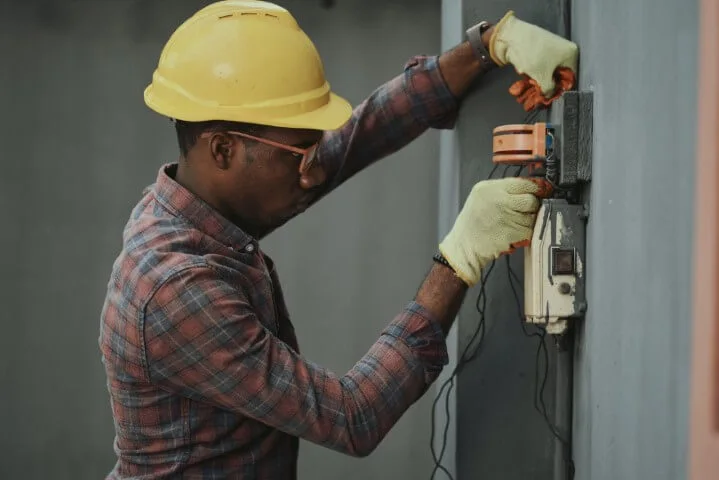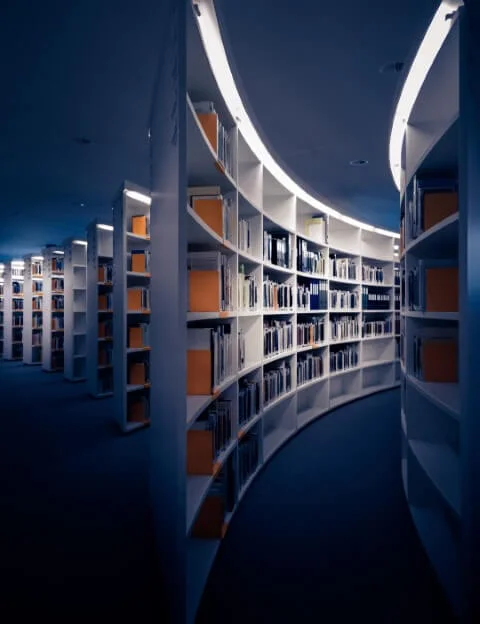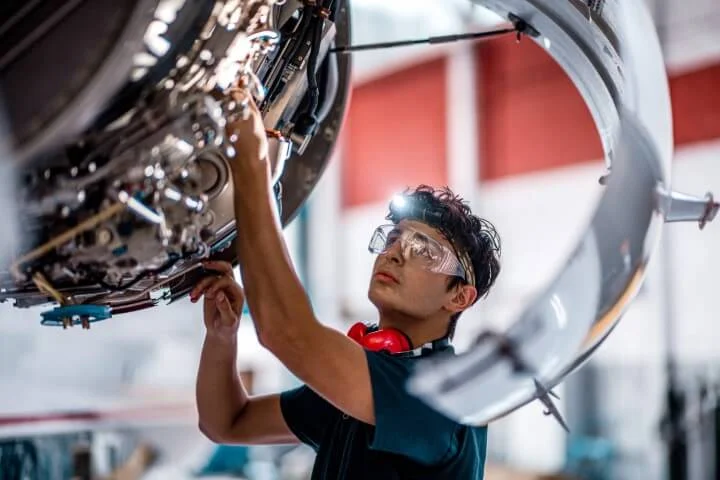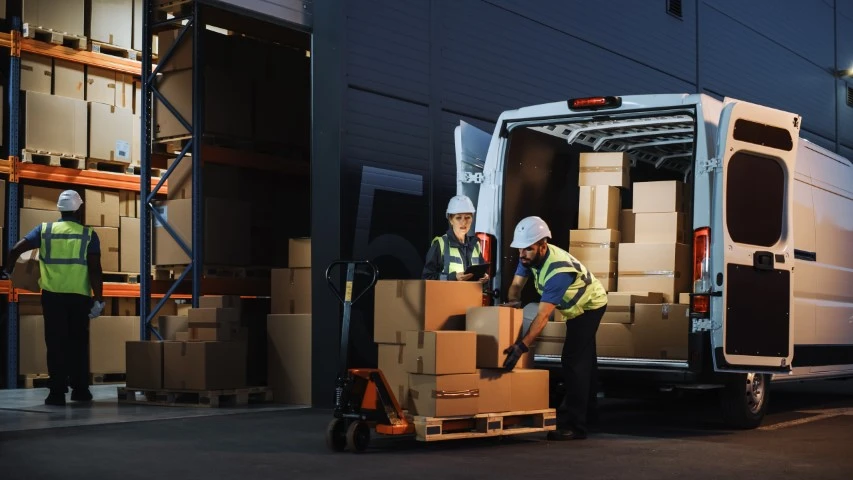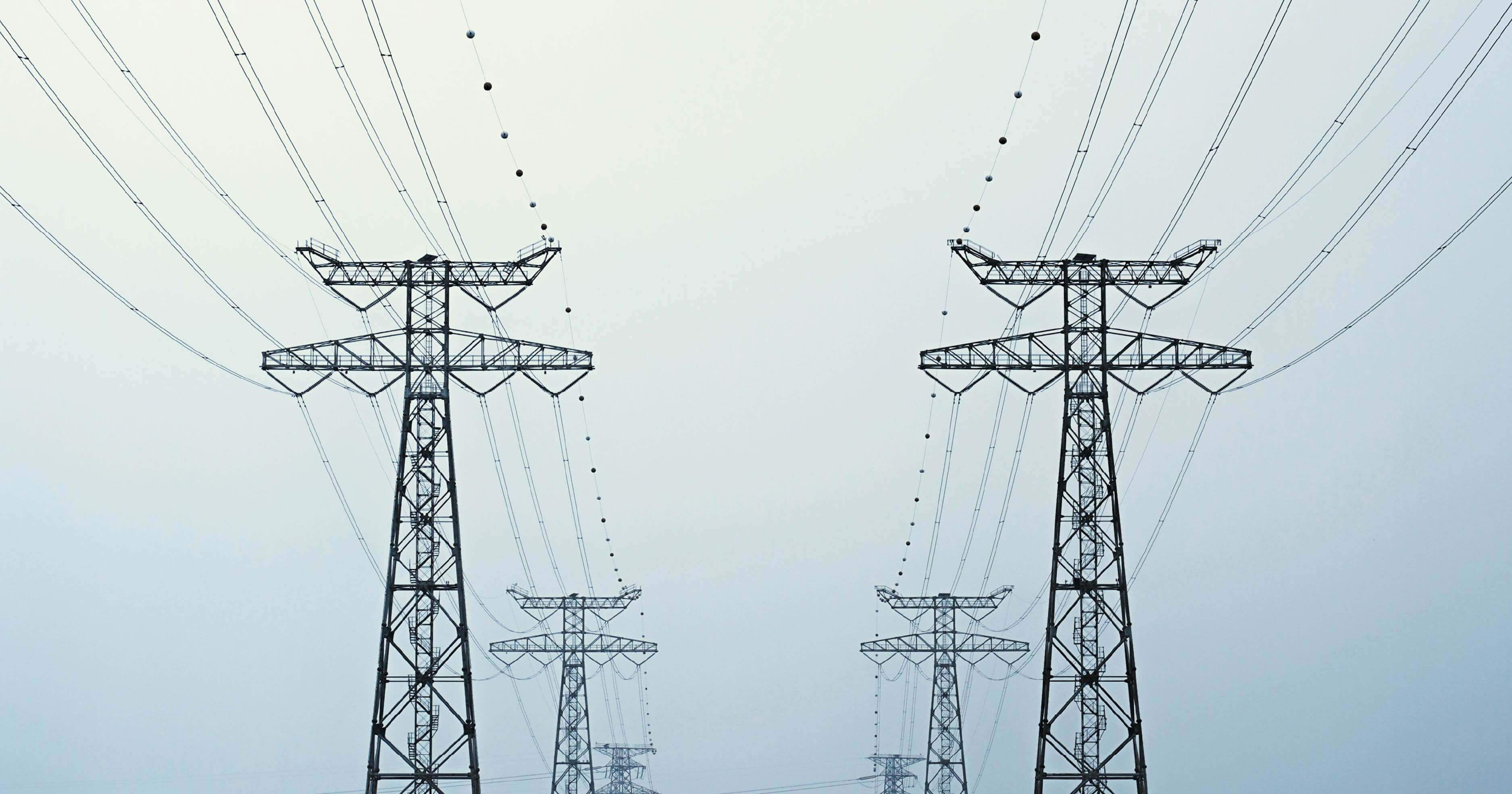Dassault Systèmes Global Industry Analyst Days 2024: Paving The Way Towards A Generative Economy In The Built Environment
Dassault Systèmes Global Industry Analyst Days 2024: Paving The Way Towards A Generative Economy In The Built Environment
Stop constructing buildings like we’ve never built one before and embrace the generative economy was the message from Dassault Systèmes at its Global Analyst Industry Days 2024. The generative economy, a concept that Dassault Systèmes is popularizing, envisions real estate infrastructure that is self-sustaining and regenerative. Since it was theorized in 2012 by author and consultant Marjorie Kelly, major organizations like Arup and Skanska have embraced the principle of a generative economy. Now, Dassault Systèmes has placed itself at forefront of the movement, advocating for the leading researchers at the event to adopt its vision.
Discussions and presentations from industry experts over the two days explored the pivotal role of technology in facilitating the transition towards a generative economy. In the real estate sector, this shift prioritizes sustainable building design to ensure long-term environmental resilience. Here are four levers Dassault Systèmes advocates as aiding this transformation:
- Virtual twins.
Dassault Systèmes’s 3DExperience platform has increased specification quality by 35% and decreased prototype costs by 50% for industry giants such as Ford and Renault in the manufacturing sector. Similar opportunities are anticipated in the AEC sector, such as materials selection modelling, design and construction technique simulations, and enhanced data-driven decision-making. In addition, Dassault Systèmes’s Infrastructure and Cities Sector Strategy Director Pierre Cordelle highlighted that we must stop approaching new construction projects as if they are being built from scratch, but instead view them as part of a series of developments, to streamline the process. Digital twins are crucial in enabling this systemic mindset change and helping to limit design iterations to the early stages in the building life cycle. The UK’s Digital Construction Week witnessed a majority of exhibitor firms incorporating a digital twin within their offerings, demonstrating that the technology has reached the early majority adoption phase (see Verdantix Strategic Focus: The Value Proposition For Smart Building Digital Twins).
Similarly to Dassault Systèmes, AVEVA’s Unified Project Execution solutions are entering the built environment sector from a manufacturing heritage and are taking the opportunity to streamline and transform the industry. In this way, both firms’ offerings are representative of the ‘Proactive Transformation’ software type as they aim to overhaul existing processes to unlock greater efficiencies and enact enterprise-level cultural change (see Verdantix Smart Innovators: Construction Management Software). - Generative knowledge and know-how.
Expertise and practical understanding are fundamental in fostering innovative design practices and sustainable construction methods to lower carbon footprints. Generative know-how and systems thinking ensures a holistic approach to the entire building life cycle – from design to operation to decommissioning – embedding sustainability within each phase. Critically, expertise in resilience planning futureproofs buildings against climate-related hazards. - Transitioning to a circular economy.
Presenters highlighted that the circular economy goes beyond sustainability to promote practices that actively regenerate the environment to reduce waste and lower the environmental footprint of the built environment. Incorporating the building sector into the circular economy enhances economic stability and real estate resilience by reducing dependence on finite resources and creating more resilient supply chains. Focusing on circularity during the product and building design stages will significantly improve environmental outcomes at the end of the building life cycle. At scale, this approach can foster interdependencies within a regenerative economy. - Software-as-a-service (SaaS) delivery models.
SaaS delivery models are increasingly being integrated into various facets of the built environment technology landscape for improved cost efficiency, scalability, accessibility and data security. Progressive growth of SaaS models shows no sign of slowing. Cloud-based SaaS platforms facilitate collaboration and data sharing among project stakeholders to ensure that sustainable practices are integrated throughout the building life cycle. SaaS platforms also streamline compliance reporting with regulatory standards and certifications like LEED and BREEAM to track progress towards environmental goals (see Verdantix Buyer’s Guide: ESG Data Management And Reporting Software For Real Estate (2024)).
While the concept of the generative economy holds promise for sustainability and social equity, several potential challenges – including high upfront investment and economic disruption – must be addressed before its widespread adoption.
For more insights on the technologies driving the circular economy in the built environment, check out our latest research on the topic.
